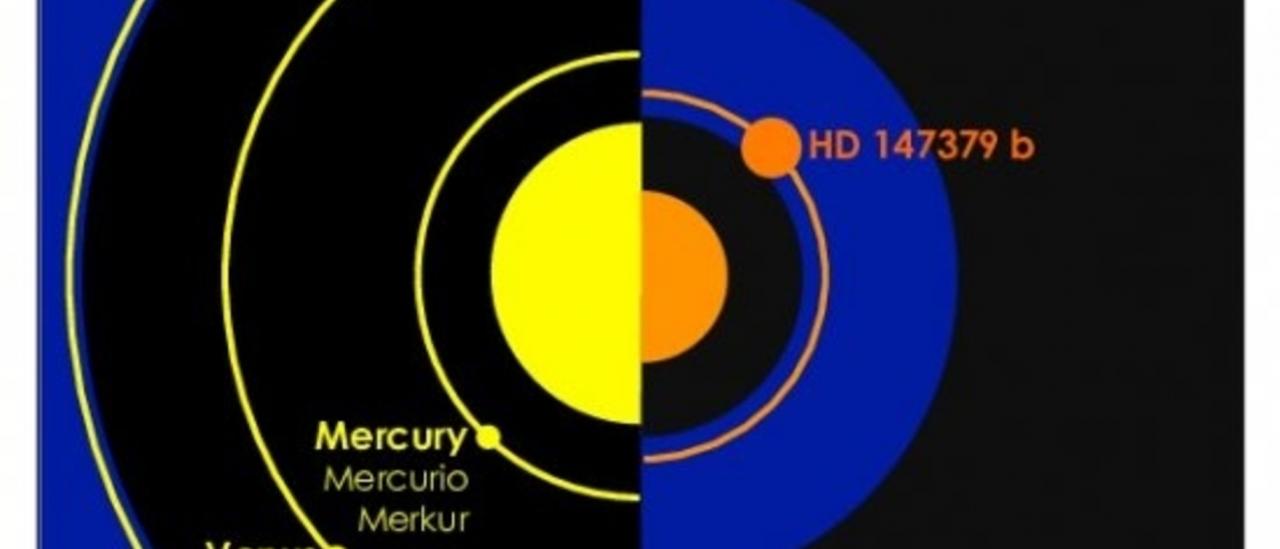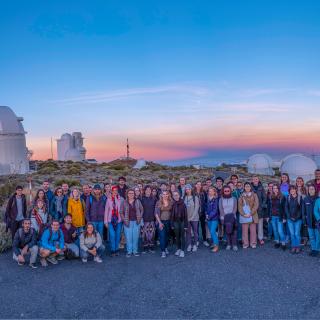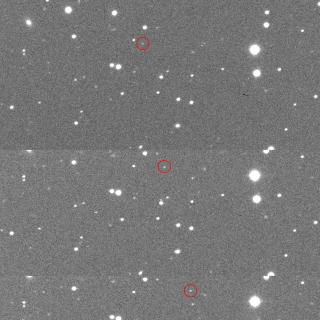We report on the first star discovered to host a planet detected by radial velocity (RV) observations obtained within the CARMENES survey for exoplanets around M dwarfs. HD 147379 (V = 8.9 mag, M = 0.58 ± 0.08 M⊙), a bright M0.0 V star at a distance of 10.7 pc, is found to undergo periodic RV variations with a semi-amplitude of K = 5.1 ± 0.4 m s−1 and a period of P = 86.54 ± 0.06 d. The RV signal is found in our CARMENES data, which were taken between 2016 and 2017, and is supported by HIRES/Keck observations that were obtained since 2000. The RV variations are interpreted as resulting from a planet of minimum mass mp sin i = 25 ± 2 M⊕, 1.5 times the mass of Neptune, with an orbital semi-major axis a = 0.32 au and low eccentricity (e < 0.13). HD 147379 b is orbiting inside the temperate zone around the star, where water could exist in liquid form. The RV time-series and various spectroscopic indicators show additional hints of variations at an approximate period of 21.1 d (and its first harmonic), which we attribute to the rotation period of the star.
Advertised on
Authors
A. Reiners
et al. (including)
Víctor Javier
Sánchez Bejar
Jonay Isai
González Hernández
Grzegorz
Nowak
Enric
Pallé Bago
Prof.
Rafael
Rebolo López
References



